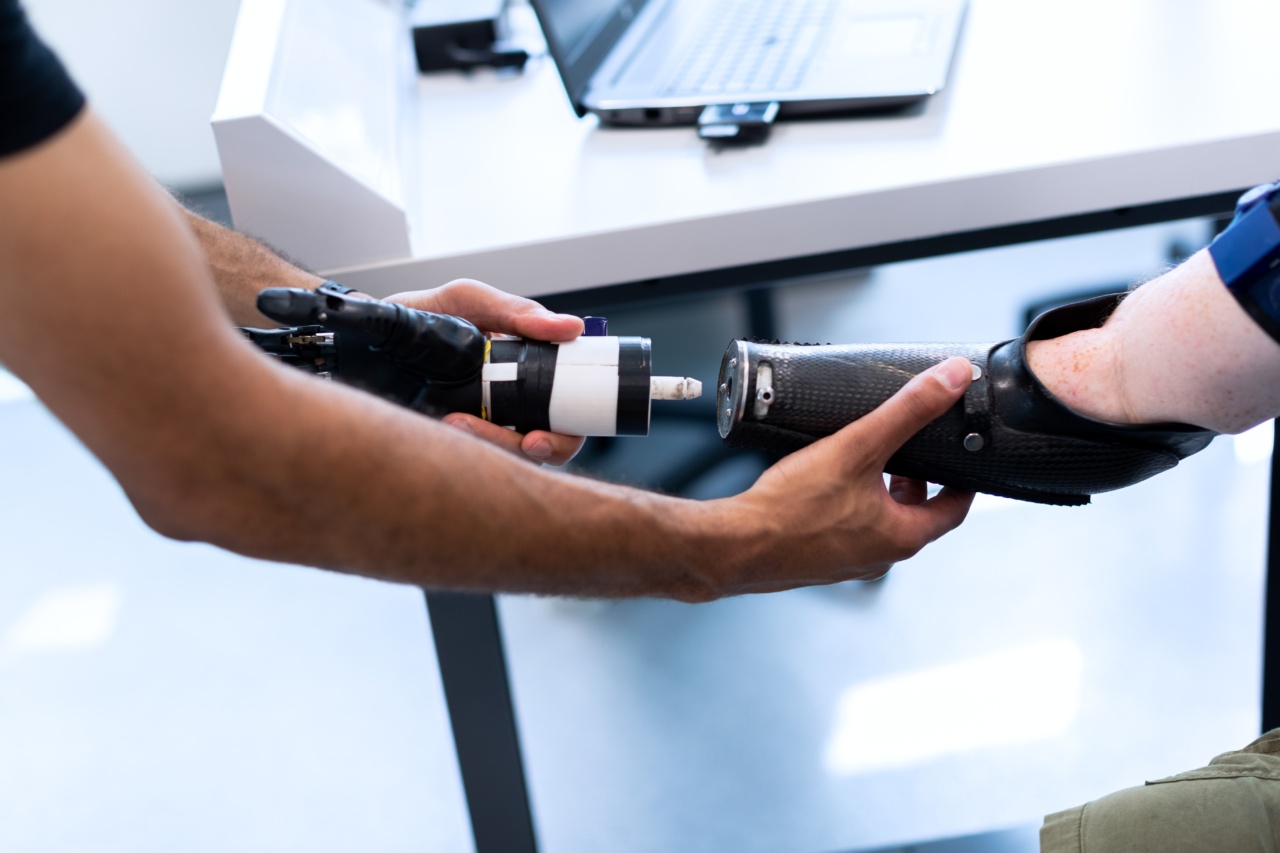In a groundbreaking advancement in the field of neuroprosthetics, a man paralyzed from the waist down has walked using his mind to control a robotic exoskeleton.
The man, who has been identified only by his given name, Thibault, used the exoskeleton to walk and move his arms in a French lab over the course of several months.
This breakthrough was made possible with the help of a team of neuroscientists from France’s Clinatec and the University of Grenoble Alps, who implanted recording devices on Thibault’s brain and trained him for months to move the exoskeleton using his thoughts alone.
The birth of neuroprosthetics
Neuroprosthetics is a field that explores the intersection of neuroscience and engineering for the development of devices, such as robotic exoskeletons and prosthetics, that can help people who have lost the ability to move their limbs due to spinal cord injuries or other similar conditions. Neuroprosthetics’ primary goal is to replace the normal functioning of the human body or the missing limbs. This revolutionary technology aims to help millions of people around the world regain their independence and quality of life.
How does the mind-controlled exoskeleton work?
The exoskeleton is made up of four robotic limbs that are attached to Thibault’s body and controlled by his mind. The device works by sending and receiving signals to and from Thibault’s brain, which activates the robotic limbs.
The implant serves as an intermediary between the exoskeleton and Thibault’s brain. The implant includes electrodes that are implanted in Thibault’s head to read his brain activity, to determine which limb he wants to move, and in which direction.
These signals are then transmitted to a computer that turns them into motor commands to activate the exoskeleton’s movements.
The training process
In order to train his mind to move the exoskeleton, Thibault spent months in a virtual reality setting controlling a humanoid avatar. He was then moved to a training exoskeleton before being allowed to use the full exoskeleton.
During these training sessions, the researchers encouraged Thibault to focus on the movements he wanted to perform, concentrating, for example, on the sensation of his hand closing around an object or the movement of his leg.
The benefits of the mind-controlled exoskeleton
The mind-controlled exoskeleton opens up a world of possibilities for people with paralysis, allowing them to regain some freedom and independence.
With this breakthrough technology, people can perform daily activities like going to the grocery stores and traveling without the need for a caregiver or being confined to a wheelchair. Additionally, this research is likely to pave the way for further advancements in neuroprosthetics, further improving the quality of life of individuals with paralysis and similar conditions.
The challenges of mind-controlled neuroprosthetics
While the results of the mind-controlled exoskeleton are encouraging, there are still several challenges that neuroprosthetics engineers need to consider.
One of these is improving the technology’s precision, which could help users avoid jarring movements that can cause discomfort. In addition, the technology is expensive and too bulky for everyday use. As the technology improves, however, the cost will go down, and the devices will become more portable.
The future of neuroprosthetics
With the mind-controlled exoskeleton, the researchers have demonstrated that the brain’s signals can be interpreted in real-time to perform complex movements.
This has opened the door for further development of neuroprosthetics and allowed researchers to focus on enhancing the technology’s precision and mobility.
Some breakthroughs in neuroprosthetics technology that experts anticipate in the future include brain-computer interfaces that do not require an implant but instead a wearable device to read the signals, a more miniaturized implant, and achieving higher precision in movement.
The bottom line
The mind-controlled exoskeleton is a remarkable breakthrough in the field of neuroprosthetics. Its implications could be far-reaching, transforming the lives of people with paralysis and providing a much-needed boost to the neuroprosthetics industry.
While there are still challenges to overcome, there is no doubt that the technology has opened up avenues for scientific exploration and experimentation.































